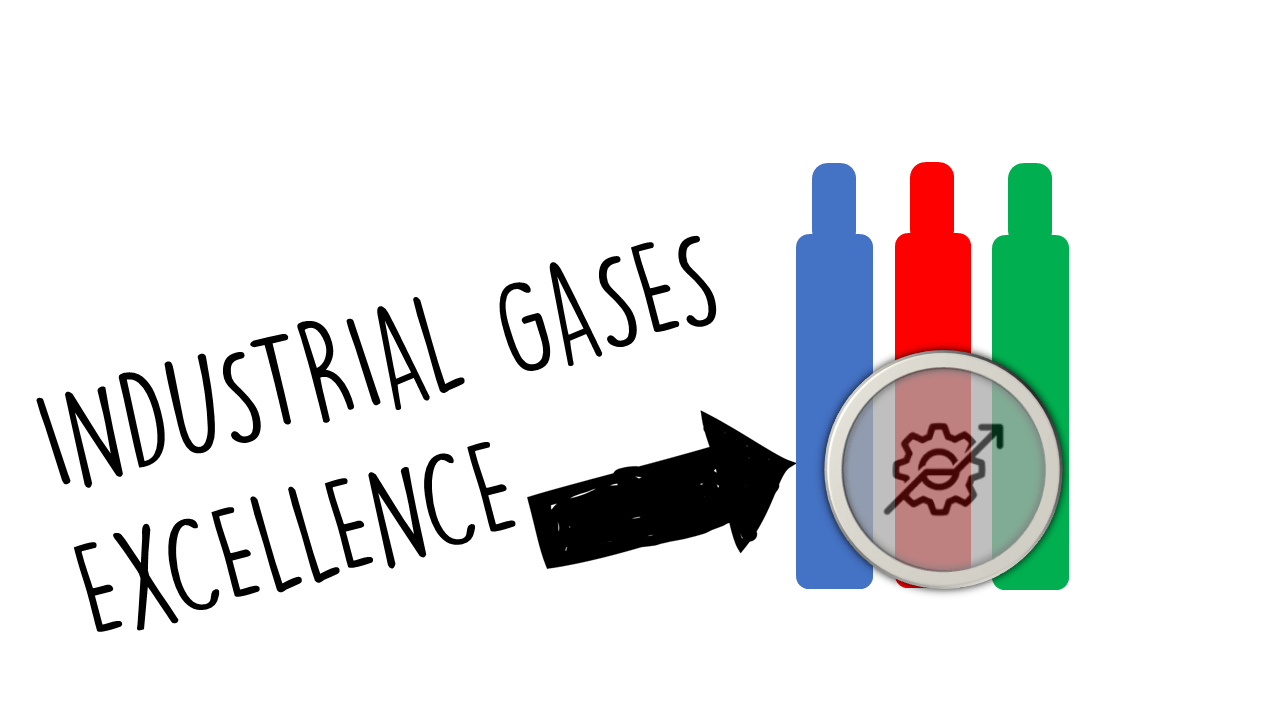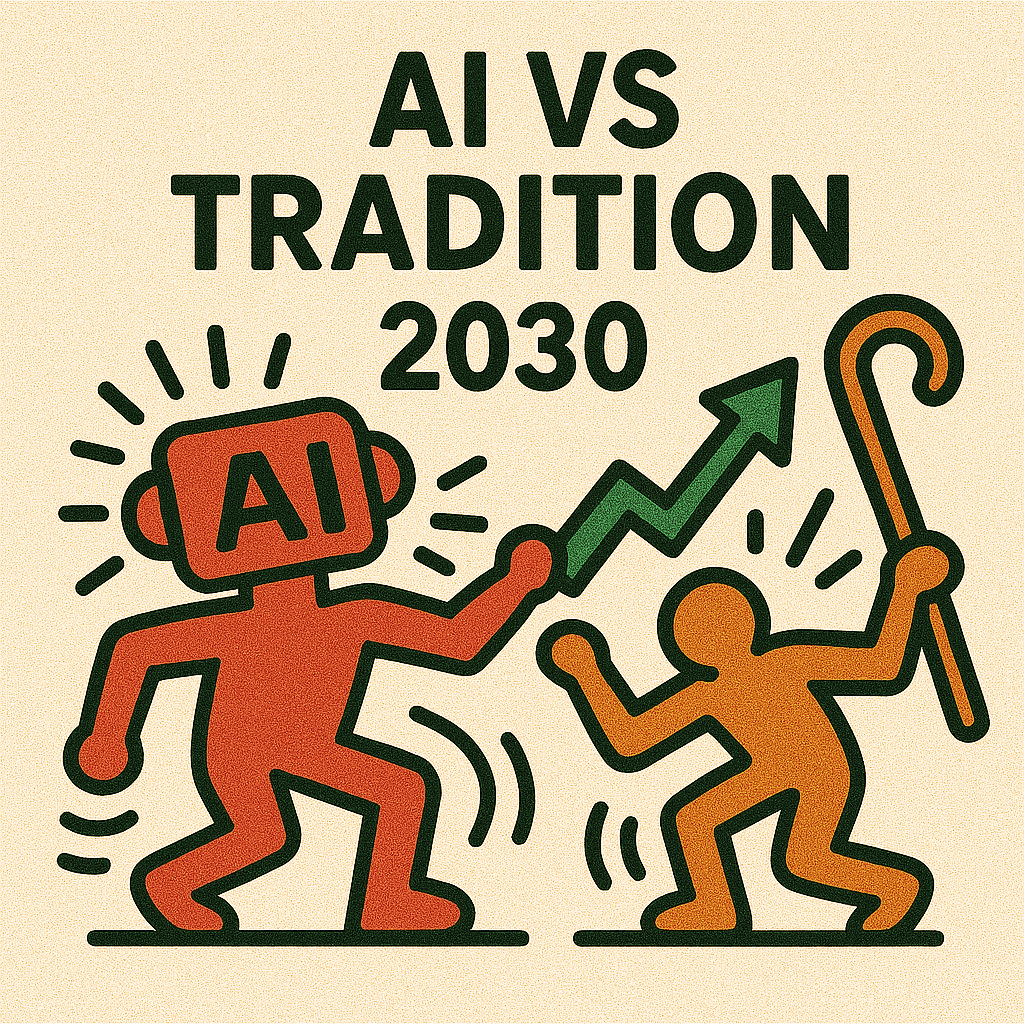Locking in key customers in the industrial gas business is crucial for ensuring steady revenue and fostering long-term relationships.
Here’s a structured approach for framing and reframing your strategies to lock in these customers, along with practical solutions and actionable steps.
Framing Key Customer Lock-In
Understanding Key Customers
- What: Identify key customers based on volume, strategic importance, or specialization in industries that use industrial gas.
- Why: Understanding who your key customers are helps prioritize relationship-building efforts and tailor offerings.
Unique Value Proposition
- What: Clearly define what sets your industrial gas products apart (e.g., purity levels, delivery times e.g. automatique replenishment, service reliability e.g. 24×7 availability).
- Why: A strong unique value proposition can create a compelling reason for customers to choose and remain loyal to your business.
Customized Solutions
- What: Offer tailored solutions that meet specific needs of key customers, such as gas mixtures, delivery schedules, safety protocols, and maintenance services.
- Why: Customization increases perceived value and dependency on your services, locking in customers.
2. Re-Framing Key Customer Lock-In
From Transactional to Partnership
- From: “We are just a supplier of industrial gas.”
- To: “We are a strategic partner providing comprehensive solutions to your production needs.”
From Product-centered to Customer-centered
- From: “We sell a variety of gases.”
- To: “We provide solutions that enhance your operational efficiency and safety.”
From Cost Focus to Value Focus
- From: “How do we compete on price?”
- To: “How do we demonstrate the ROI of our products through quality, reliability, and support?”
3. Solutions for Locking In Key Customers
1. Long-term Contracts
- Offer multi-year contracts that can provide stability and predictability for both parties. Include price protection mechanisms to alleviate customer concerns over rising costs.
2. Flexible Delivery Options
- Provide customizable delivery schedules to match customer needs, including just-in-time delivery systems that reduce their inventory costs.
3. Technical Support and Consulting
- Invest in providing technical training and support services to customers. By helping them optimize their processes, they become more reliant on your products and expertise.
4. Loyalty Programs
- Implement loyalty programs that reward customers for continued business, offering discounts, exclusives, or additional services based on their levels of engagement.
5. Regular Reviews and Feedback Loops
- Establish regular check-ins with key customers to review performance metrics and gather feedback. Use insights to adapt your services more effectively to their evolving needs.
4. Actions to Implement
1. Identify and Segment Key Customers
- Use data analysis to classify your customers based on their purchasing patterns, business significance, and potential for growth.
2. Develop Customized Proposals
- Create tailored proposals for key customers that address their specific requirements, showcasing how your offerings can solve their unique challenges.
3. Establish a Dedicated Customer Success Team
- Form a team that focuses solely on nurturing relationships with key customers, ensuring they receive exceptional service and support.
4. Launch Customer Engagement Initiatives
- Organize events or webinars that allow you to share industry insights, best practices, and case studies that highlight the effectiveness of your products.
5. Leverage Technology
- Use CRM systems to track customer interactions, feedback, and preferences, ensuring every engagement is personalized and relevant.
6. Monitor Market Trends
- Stay updated on market trends and shifts in customer preferences, adapting your offerings accordingly to maintain competitiveness and customer interest.
7. Collect Customer Testimonials and Case Studies
- Develop a library of success stories and testimonials from key customers to showcase your reliability and the effectiveness of your solutions.
8. Continuous Improvement
- Regularly assess your processes and services based on customer feedback to identify areas for improvement, showcasing your commitment to customer satisfaction.
Conclusion
Locking in key customers within the industrial gas sector requires a strategic shift from transactional relationships to value and partnership-driven approaches. By reframing your strategies, implementing tailored solutions, and taking deliberate actions, you can forge long-lasting relationships with your key customers, ensuring stability and growth for your business.




